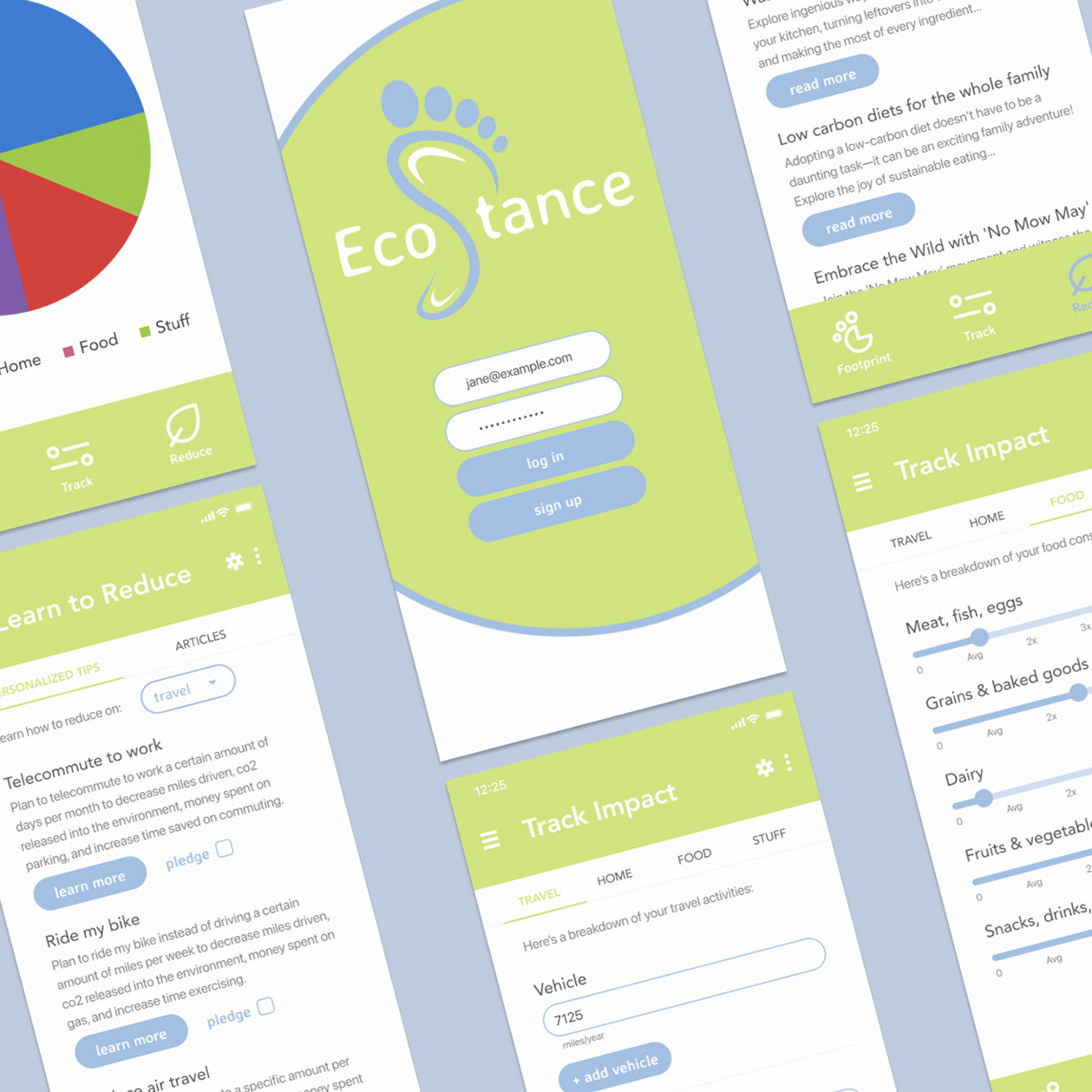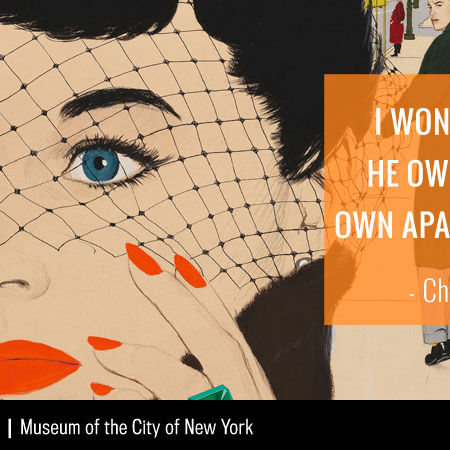



Occupy Earth Mixed Reality Exhibit – Aalto University, Helsinki, Finland
ABSTRACT:
Red Tide | Bioluminescence | Dinoflagellates | Anthropocene
Merging projection mapping, creative coding, and a Kinect interface, BioTide is an installation that displays a window of outer space with half a sphere protruding from one of its sides. The sphere, meant to be allusive of planet earth, contains real water inside but also functions as the surface area for a projection of the ocean decorated by. When users approach the installation, their presence is displayed on the sphere as a red silhouette, representative of human’s impact on the marine environment.
Merging projection mapping, creative coding, and a Kinect interface, BioTide is an installation that displays a window of outer space with half a sphere protruding from one of its sides. The sphere, meant to be allusive of planet earth, contains real water inside but also functions as the surface area for a projection of the ocean decorated by. When users approach the installation, their presence is displayed on the sphere as a red silhouette, representative of human’s impact on the marine environment.
MATERIALS:
• Kinect Xbox 360 (Model 1414)
• Mounted Acrylic Fish Bowl
• MadMapper (Projection Mapping Software
• Processing (Programming Language)
• Mounted Acrylic Fish Bowl
• MadMapper (Projection Mapping Software
• Processing (Programming Language)
CONCEPT | DESIGN QUESTIONS | GOAL:
BioTide explores the contrast between marine plankton’s capacity for both immense beauty and massive destruction. Marine plankton, or dinoflagellates, can create their own organic light called bioluminescence, which is usually blue. They also play a huge role in the phenomenon known as red tide. BioTide also seeks to emphasize the role humans play in aggravating the effects of the red tide.
The idea behind the installation is to acknowledge and appreciate the power nature has to create or destroy, while also reminding the user that human presence itself can be enough to throw a whole organic balance out of order. The technology used in this project also further enhances this idea. The Kinect works as a digital mirror of ourselves, while the projections serve to demonstrate things that are usually too big picture for us to grasp within our quotidian human experience.
RESEARCH:
Behind the concept explored in BioTide lies a stark reality, one of climate change, and agricultural and industrial pollution. Red tide is a common name for the phenomenon known as toxic algal bloom, which is caused by several different factors. It happens when there is an abundance of nutrients in the ocean, and higher temperatures, which cause marine plankton populations to boom. The overabundance of these microscopic algae causes the discoloration of ocean water making it look red. Furthermore, although the biological reason behind it is not quite understood yet, when algae populations surpass a certain threshold they begin to release a potent natural toxin, which is deadly to most marine life and can be harmful and even fatal if consumed by humans. It is important to understand that the red tide is a global phenomenon and is not a new occurrence, but since the 80s it has been starting to strike more frequently and last longer. This is due to a combination of agricultural and industrial runoff into the oceans, as well as rising ocean temperatures due to climate change.
These same dinoflagellates, or marine algae, also possess the ability to generate their own light. Marine bioluminescence is mainly blue, and can be mostly attributed to dinoflagellates, with the exception of a few other marine species that are capable of bioluminescence like some jellyfish and anglerfish. Learning about these phenomenons in nature spiked my interest in not just the reasons behind them, but also our inherent connection to nature, as far-removed as it may seem to some.
PROTOTYPING & TESTING:
Getting the kinect, processing and MadMapper to communicate with each other was definitely a big challenge. Each one required a specific library, as well as unique logistics. The next biggest challenge for me was that of removing the background from the processing sketch. This required getting rid of any pixels that weren’t being read as the person’s silhouette, which wasn’t an easy task. I was able to solve it through a lot of research and looking at different code forums. Going through the different prototypes of this project definitely shaped the final product to be entirely different than what I had originally began with. Ultimately this ended up being for the best.
There are still technical difficulties I am trying to work out, like pixilation issues with the projection itself, or placement of the kinect without compromising the aesthetic of the installation. These issues are what I plan to work on and improve for the future iterations of this project.


TECHNICAL PRODUCTION:
There is a plexiglass half orb suspended on the wall. Through MadMapper, two videos are projected on the wall, one of outer space, and a smaller one of a bioluminescent ocean on top of the orb. The latter is a processing sketch, where the code dictates the movement of the bioluminescent particles floating on top of the ocean. The sketch also communicates with a kinect through an open kinect library, and MadMapper through a syphon library. The function of the kinect is to register a person getting up close and to project their silhouette onto the plexiglass orb by communicating this to MadMapper and the projector. The sketch also uses video and sound libraries in order to be able to play the ocean video, as well as underwater sounds.
AUDIENCE & EXPERIENCE:
While the installation is meant to be an experience open to anyone, the idea is to reach a target audience of people that usually don’t think about the influence of human presence on the environment. The ideal scenario is for the installation to initially spark a sense of curiosity. The projection of outer space is meant to look like a painting from far away, but the uncommon combination of a 2D projection and a 3D object superimposed on this projection is what should capture the attention of a user nearby. As a user gets closer, they’ll notice the 3D object isn’t just hung on the wall but it contains water as well. In wanting to examine what’s inside this water orb further, the user will unknowingly trigger the interaction and witness their reflection in the form of a red silhouette blotching over the beautiful bioluminescent ocean.





